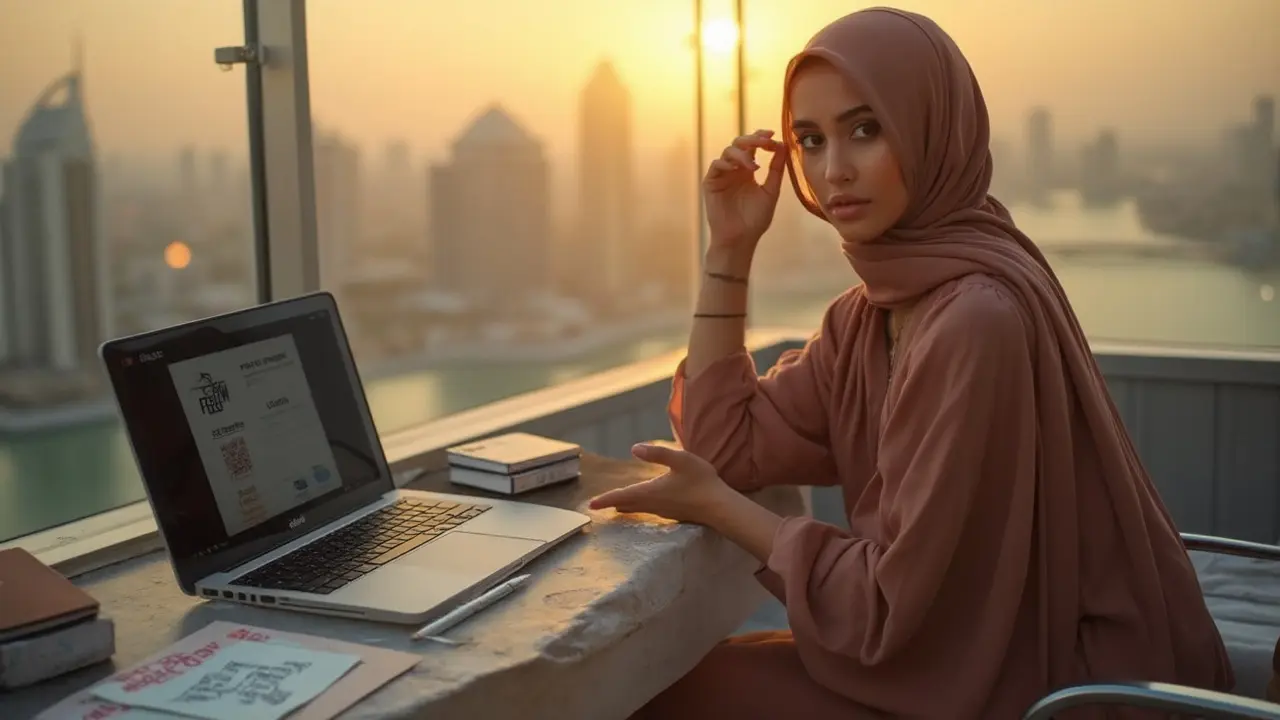Wondering where it’s easiest to start modeling? See the best countries and cities in 2025, visas, rates, and smart steps. Real tips that help beginners act fast.
Visa for Models: Your Easy Guide to Working in Dubai
If you’re a model eyeing Dubai’s runway scene, the first thing you need is the right visa. It can feel confusing, but the process is pretty straightforward once you know the steps. Below you’ll find the basics, common pitfalls, and practical tips to get your model visa approved without unnecessary delays.
What Type of Visa Do Models Need?
Dubai offers a few options, but most models use a Freelance Permit through the Dubai Creative Cluster or a Work Visa sponsored by an agency. The freelance route is popular because it gives you flexibility to work with multiple clients. However, if you land a long‑term contract with a fashion house, a company‑sponsored work visa may be the better choice.
Key Requirements and Documents
Regardless of the route, you’ll need these core documents:
- Valid passport (at least six months left)
- Recent passport‑size photo with a white background
- Letter of intent or contract from a Dubai‑based agency or client
- Proof of professional experience (portfolio, past runway shows, or agency references)
- Health insurance that meets UAE standards
- Bank statement showing sufficient funds (usually around AED 5,000)
For freelancers, you’ll also need a business licence from the Dubai Creative Cluster. This licence costs about AED 7,500 yearly and includes a nominal registration fee.
Once you have the paperwork, you can submit the application online through the Ministry of Human Resources and Emiratisation portal or use a visa‑processing agency that specializes in fashion visas.
Step‑by‑Step Application Process
1. Get a sponsor. If you’re going the freelance route, the Creative Cluster acts as your sponsor. If you have a contract, your agency becomes the sponsor.
2. Prepare your documents. Double‑check that every file is clear, up‑to‑date, and matches the official format. A common mistake is uploading a low‑resolution photo, which can stall the process.
3. Submit the online form. Fill in the personal details, upload the documents, and pay the service fee (around AED 1,000 for freelancers, higher for sponsored work visas).
4. Wait for approval. Processing usually takes 5‑10 business days. You’ll receive a status update via email or the portal.
5. Get your visa stamp. Once approved, you’ll need to visit a UAE embassy or a visa‑on‑arrival desk to get the physical stamp in your passport. Some agencies handle this step for you.
Tips to Speed Up the Process
• Use a reputable agency. They know the exact document layout the authorities expect and can flag issues before submission.
• Keep your portfolio digital. A well‑organized PDF or online gallery makes it easy for the sponsor to prove your professional credibility.
• Stay honest. Any discrepancy in dates or names can lead to a rejection. It’s faster to correct a mistake early than to start over.
• Plan finances. Budget for the licence, health insurance, and a small buffer for unexpected fees. Running low on funds can delay the health insurance verification step.
After You Arrive
When you land in Dubai, you’ll need to complete a quick medical test (usually a blood test) at an approved clinic. The results are attached to your visa file. After that, you’re free to start booking shoots, runway shows, and photo‑sessions.
Remember, the visa is linked to your sponsor. If you change agencies, you’ll need to transfer the visa, which involves a short paperwork update but no full re‑application.
Dubai’s fashion scene is booming, and a proper model visa opens doors to high‑profile gigs, lucrative contracts, and a vibrant lifestyle. Follow these steps, keep your paperwork tidy, and you’ll be on the runway in no time.

